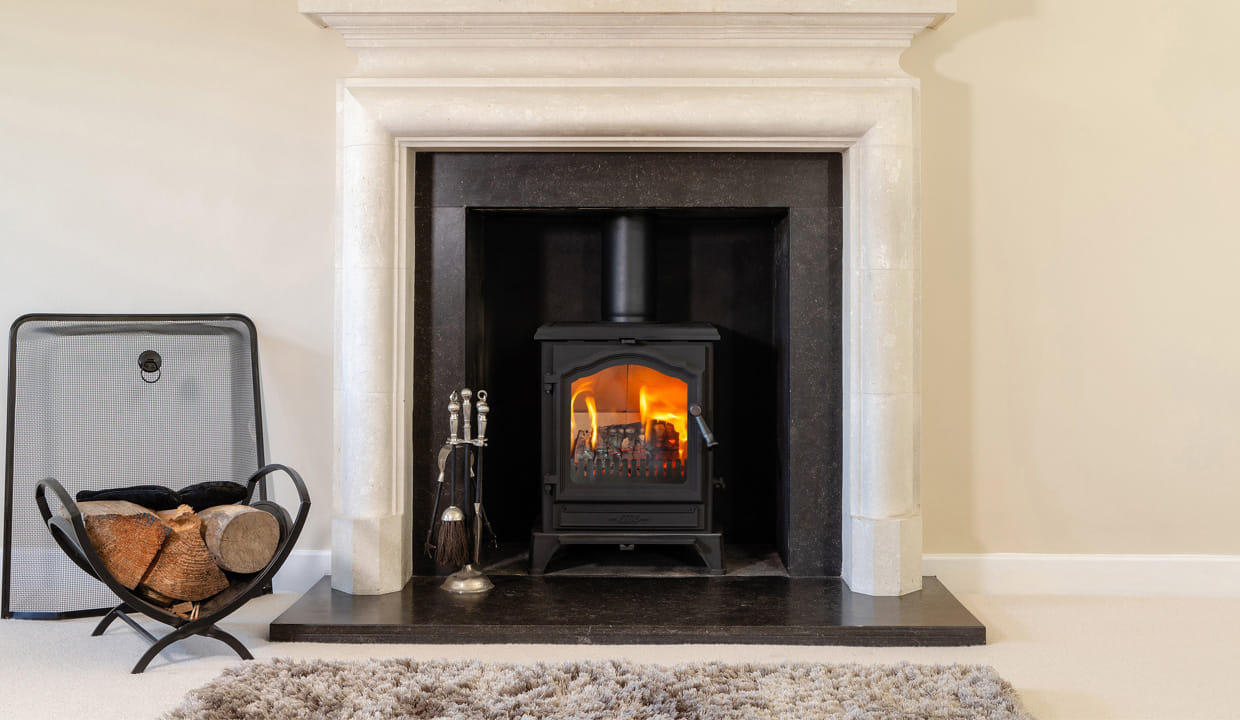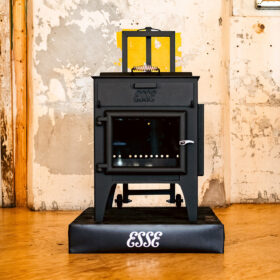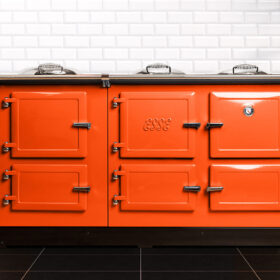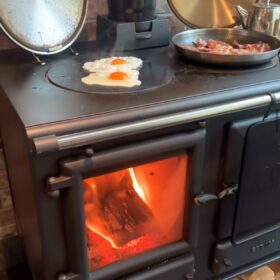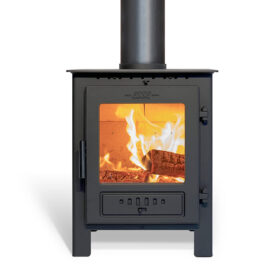Frequently Asked Questions
Can I be fined for using my wood-burning stove?
All ESSE wood stoves have the HETAS Cleaner Choice Accreditation, so you don’t need to worry about fines. Provided you use only clean, dry wood with 15 per cent moisture content, or smokeless fuel – these stoves burn so cleanly and efficiently they are approved for use even in smoke-control areas.
Homeowners could be fined for using open fires or burning wood on appliances that have not been so well designed or as stringently tested as ESSEs.
(Expect to pay £300 if your chimney releases smoke in a smoke control area).
Can I still burn coal on a multi-fuel stove?
In an effort to make climate improvements, the Government has banned the sale of wet wood and traditional bituminous coal in England. Manufactured solid fuels (MSFs) are still available.
HETAS has more information.
Does using a wood-burning stove constitute a major health risk?
ESSE’s wood-burning stoves have been designed to burn so cleanly and efficiently that they can actually improve air quality within the home by drawing in particulate matter. You are likely to encounter more PM 2.5s when spraying deodorant, cooking meat, or burning candles, than by enjoying the welcome warmth of an ESSE stove.
What are smoke control areas?
A smoke control zone is an area where people and businesses must not emit smoke from a chimney or buy/sell unauthorised fuel unless it’s used in an ‘exempt’ appliance.
All ESSEs are exempt; meaning they are approved for use in these designated smoke control areas throughout the UK.
Furthermore – they all meet the HETAS Cleaner Choice Accreditation.
What is the HETAS Cleaner Choice scheme?
Products approved by the HETAS Cleaner Choice scheme are independently tested to meet the most stringent emissions criteria, going further than any other industry scheme and exceeding Ecodesign and Defra Exemption requirements. Products listed under the HETAS Cleaner Choice scheme achieve a 50% improvement on particulates against currently recognised requirements within UK Smoke Control Areas.
These ESSE wood-fired models achieve over a 68% improvement on the Clean Air Act particulate limit and have been granted the HETAS Cleaner Choice accreditation:
STOVES: 105, 155, 175, ESSE 1, 500, 525, 550, 705, 755 and 775.
COOK STOVES: Ironheart, Lightheart, Bakeheart, Warmheart, and Warmheart ‘S‘.
COOKERS: 1000 WN and 1000 WD.
Are wood-burning stoves more efficient than open fires?
Yes. A modern wood-burning stove generates more heat and emits 90 per cent fewer emissions than an open fire. Closed stoves are a great alternative to an open fire, which allow you to keep a homely hearth and fireplace. Stoves burn cleaner, with 80 per cent of the heat radiating into the room as opposed to an open fire where just 20 per cent of the heat radiates into the room with the rest lost up the chimney.
Are coal and wood burning major contributors to air pollution?
Transport, agriculture and industry are all emitters of PM 2.5s.
Domestic burning of solid fuels accounted for 27% of PM2.5 in 2021. These statistics include a vast number of open fires, which do not reach the temperature at which many pollutants are burned off. According to Government figures, open fires account for 90 per cent of harmful PM 2.5 emissions from home heating. Wood-burning stoves account for only a fraction of reported emissions.
How much air pollution do wood-burning stoves actually produce?
According to DEFRA’s Clean Air Strategy, a DEFRA exempt Ecodesign wood-burning stove emits 335g of particulates per MWh. An open fire produces almost 10 times this amount of smoke. Burning wet wood (more than 20 per cent moisture content) produces more smoke but less heat.
How can I tell the difference between wet and seasoned wood?
Ask your supplier how long they season their wood for and look out for Defra’s ‘ready to burn’ logo on bought firewood and briquettes so you know they are dry enough to burn immediately at less than 20% moisture.
Find out more at readytoburn.org.
The moisture level of the wood will affect the amount of PM2.5 emitted. The University of Manchester suggests optimum moisture levels are actually between 10% and 18%.
Moisture meters to check the water content of self-harvested logs are widely available.
Dry wood burns too quickly – why can’t I use a mixture of seasoned and unseasoned wood?
Wet wood emits much more smoke and a lot more particulates than dry wood.
The most advanced modern stoves have precision air controls that allow you to easily adjust the combustion rate to save fuel and reduce emissions.
I live in the countryside: does it really matter what sort of wood-burning stove I use?
Yes. Although Smoke Control Zones are centred on towns and cities, the Government’s Air Quality Strategy also covers rural areas.
Can I burn logs I find in my local woods in my wood-burning stove?
First things first; you would need permission from the land owner to remove any logs, and you should check they are not providing a valuable wildlife habitat.
As for burning self-harvested or foraged firewood – it would need to be properly dried and seasoned until the moisture content is below 20 per cent.
Can I read the Government’s Air Quality Strategy for myself?
Of course. Follow this link to download a copy.
